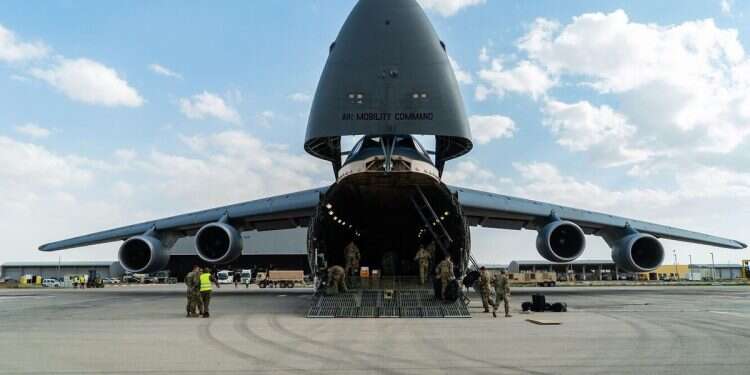The United States has deployed two Patriot batteries and one THAAD air defense battery to Israel, according to Arab sources published in Al-Arabiya and Al-Hadath on Saturday night. This military reinforcement occurs against the backdrop of escalating tensions between the US, Israel, and Iran and the ongoing ballistic missile attacks on Israel by the Iran-backed Yemen Houthi terrorists.
President Donald Trump has recently warned Iran that if it does not cooperate with the US in its efforts to dismantle its nuclear program, will see "bombing the likes they have never seen before."
The THAAD (Terminal High Altitude Area Defense) system, manufactured by Lockheed Martin, provides advanced protection against short, medium, and long-range ballistic missiles. The system boasts a perfect 100% interception rate in flight tests and can neutralize threats both within and beyond the atmosphere. Comprising five main components – launchers, radar, a command and control unit, and support equipment – the THAAD represents cutting-edge missile defense technology. According to the Arab report, the US has transferred two such batteries to Israel.
This isn't the first THAAD deployment to Israel, as the system was previously transferred during the ongoing conflict about six months ago under the Biden administration. The system demonstrated its effectiveness in December when it successfully intercepted a missile launched from Yemen.

Israel's multi-layered defense architecture integrates various air defense systems, including Arrow, David's Sling, and the Patriot batteries, two of which were recently transferred according to the report.
The Patriot system is a mobile air defense platform developed in the United States that entered operational service in 1984. Its original design purpose was to counter enemy aircraft and ballistic missiles.
The Patriot system gained international recognition during the 1991 Gulf War when it was deployed against Iraqi Scud missiles. Patriot batteries positioned in Israel and Saudi Arabia worked to intercept incoming missiles. While initial reports claimed high success rates, subsequent analyses revealed that its wartime effectiveness was more limited than first presented. Since then, the system has undergone substantial upgrades and is now utilized by numerous countries worldwide.




